I’ve been doing a fair bit of reflecting on my past relationships over the past months. In most cases, I would say I was pretty anxious whenever I had a partner. I thought it was just a part of me that I had to accept. It wasn’t until I learned about attachment theory that I realized how anxious I truly was. In today’s post, I’ll talk about what I learned from this theory and I’ll reflect on the 5 things that I noticed on my path to healing anxious attachments.
Table of Contents
What is attachment theory?
This theory was originally developed by a British psychologist John Bowlby. He described attachment as a ‘lasting psychological connectedness between human beings’. Bowlby believed that the bonds which we made as children with our caregivers could impact us throughout life.
Related Post:
John Bowlby | Maternal Deprivation Theory | Simply Psychology
Ainsworth Strange Experiment
In the 70’s, psychologist Mary Ainsworth improved on Bowlby’s theory. She designed an unusual experiment to see the effects of our attachment styles on behaviour. In the study, children of ages 12-18 months were put into an experimental situation. First, they looked at how the children reacted when their parents left the room. Then, they observed how the children reacted when their parents returned.
Related Post:
Mary Ainsworth | Strange Situation | Simply Psychology
Ainsworth’s ‘Strange Situation’ | Psychology | tutor2u
From this experiment, 4 attachment styles were found.
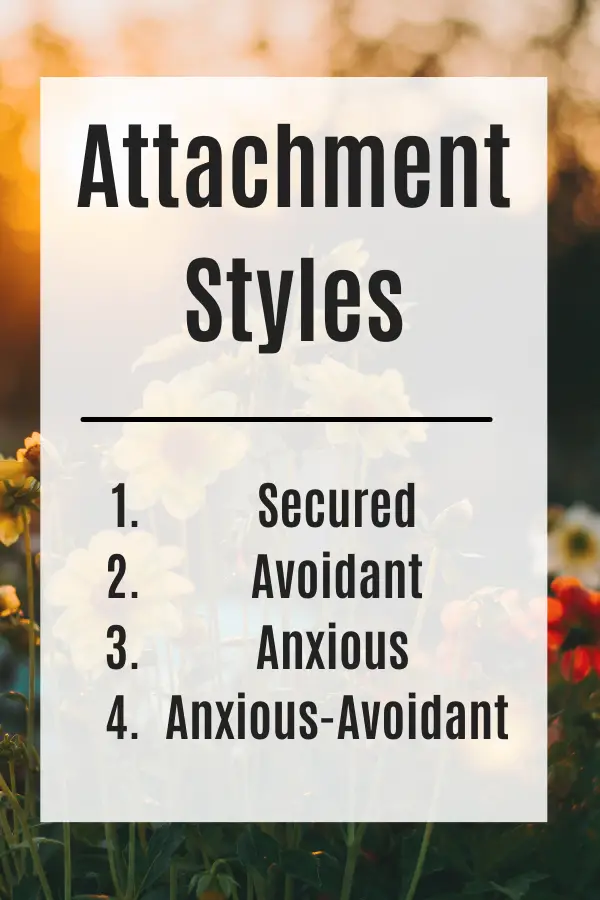
1) Secure
According to elitedaily.com, 56% of the people in the world are secure. They are extremely comfortable with intimacy. Accepts partner’s need for space without feeling rejected. Manages emotions well. All the good stuff you’d expect in a healthy relationship.
2) Avoidant
23% of the population. Here’s where it gets spicy, and not in a good way. People with avoidant attachments tend to value independence more than anything. They feel uncomfortable with closeness and often find it difficult to trust others.
3) Anxious
Here’s where I come in. 20% of the population. We crave closeness and intimate. Often worry that our partners will abandon us. Extremely sensitive to our partner’s mood swings and can be highly emotional.
4) Anxious Avoidant
The rarest of them all. The 1%. These are people who are a rare combination between anxious and avoidant.
Related Posts:
Secure Attachment and Other Attachment Styles (verywellmind.com)
Four styles of adult attachment – Evergreen Psychotherapy Center
A Brief Overview of Adult Attachment Theory and Research | R. Chris Fraley (illinois.edu)
After diving headfirst into attachment theory. I discovered that I was clearly anxiously attached to my previous partners. A lot of the signs I mentioned above were quite common in my relationships. And so, I decided to change.
I decided that I was going to do the work to earn my spot as a secure. It has been an incredibly insightful and tiring process. Here is what I learned about myself on this journey.
5 things that I noticed on my path to healing anxious attachments.
1) I rely way too much on others to keep me happy
This was a truly tough pill to swallow. I always thought that I was a happy person. The truth is that I’d been lying to myself for a long time. I had been stuck in a rut, completely dissatisfied with where my life was going.
So, whenever I got a new partner, the high from the relationship was extremely addicting. It was all I had going for me after all. Instead of finding happiness internally in myself, I put it all in the hands of my partner. A recipe for disaster.
Now, I’m just going to state here that the purpose of this post isn’t to bash any of my former partners. It’s to highlight my behaviours. My journey to healing my anxious attachment.
As I placed all my validation in my partners’ hands, I didn’t realise that I was silently killing the relationship. It’s a lot of pressure to keep another person happy. By me placing this responsibility on my partner, I essentially gave them another full time job.
But whatever they did was never enough. It was like trying to fill a bottomless well. No matter how they validated me, I only wanted more and more. I now realize how selfish this mindset can be.
Nowadays, I’m focused on rebuilding a relationship with myself. Trying to figure out what makes me happy. Where I can grow. Professionally. Emotionally. By investing in myself, I hope to make progress when healing anxious attachments.
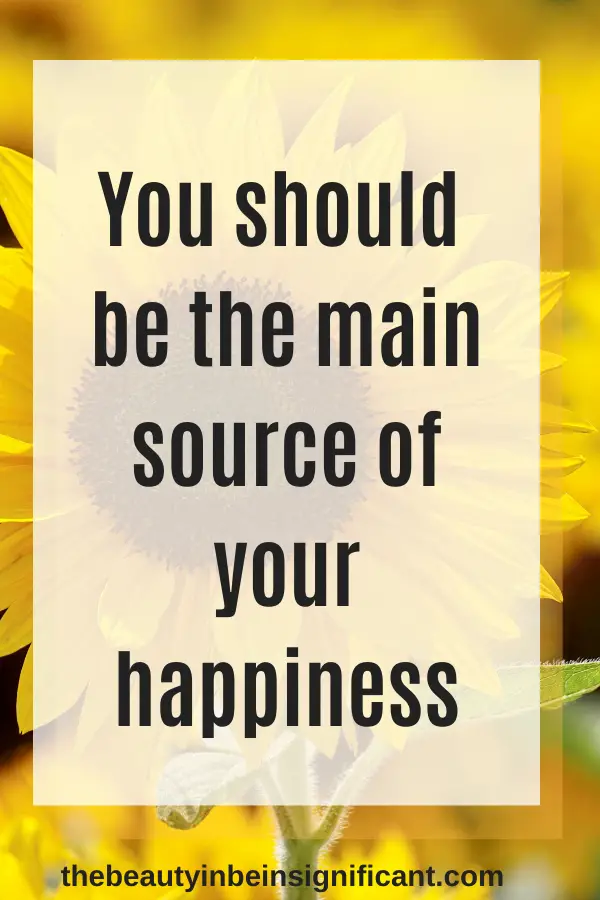
2) I put others needs before my own
This realization isn’t something that’s new to me. I’ve always been a people pleaser. It’s no surprise that it contributed to my anxious attachment. How did it show up exactly? Well, I feared communicating my needs and then got frustrated whenever it wasn’t met.
In recent weeks, on this journey to healing, I asked myself. Why don’t I just say what I want? It can’t be that hard. It’s just words. However, I finally came up with the answer. Simply put, I was scared that they would leave.
I had so little confidence in my self-worth that I believed that if I disrupted the relationship in any way, then my partner would leave. My attention was fully focused on the negative aspects of myself. I truly believed that this was how my partners saw me.
As a result, I kept quiet whenever my boundaries were crossed. Was I upset? Absolutely. Did I say anything about it? Absolutely not. This led me to being in multiple situations where I was frustrated and filled with anxiety but nowhere to release it.
These days, the most important word to me is boundaries. I set hard ones and I’m very protective of them. By making my limits clear, I’m communicating how I would like to be treated in the relationship. If the boundary is crossed, then the relationship is no longer for me. It’s that simple
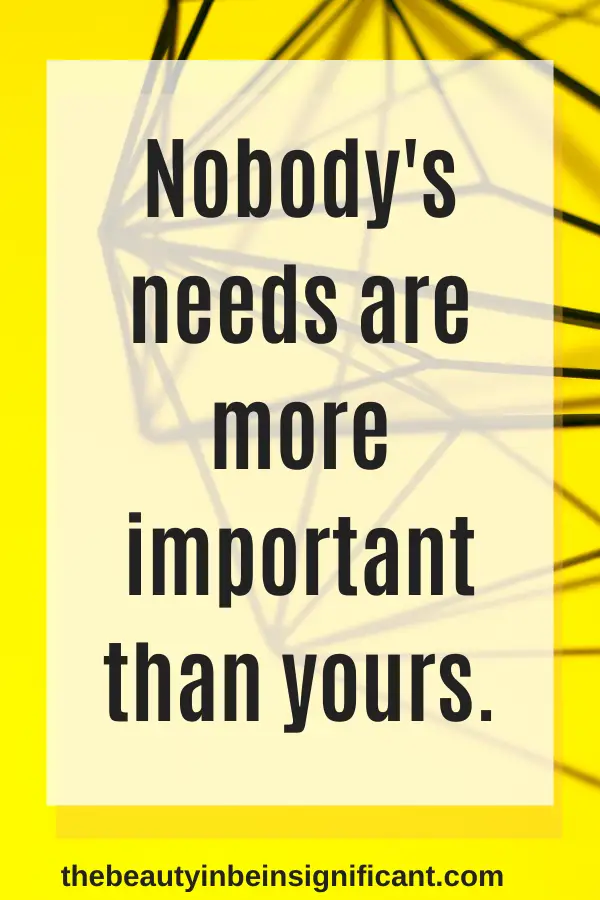
3) I don’t know how to self soothe
Self soothing is something I never really thought about before looking into attachment theory. It’s different to my first point of keeping myself happy. The focus here is what I do when I’m upset by external factors in life.
I realized that whenever there was a problem in one part of my life, I would simply redirect my attention to another part. The dangerous thing is that the part that always got that attention was my relationships.
I didn’t try to fix the problems I had. Failed an exam? I’m not going to start studying more. I wonder what I should get my partner for her birthday. Let’s make a list. It’s a form of distraction from my problems. A coping mechanism.
The problem here is that whenever my relationship wasn’t perfect, then I was in trouble. There was nowhere else to run to. As a result, I hyper focused on the smallest of issues. My partner didn’t text me today. She must be planning on leaving. I haven’t seen her for two days. She must be sick of me already.
It’s a really exhausting mentality because I was never content in the relationship. I found it extremely difficult to enjoy the moment as I was always living in the worst case scenario. Waiting for the other shoe to drop. I was always on edge.
As sneaky as I thought I was being about all these mental gymnastics going on in my head, my behaviours were obvious to my partner. Once again, it places pressure on the other partner to be perfect. An impossible task.
To fight this, I’m learning to sit with uncomfortable feelings. Things don’t always have to be perfect. Relationships have ups and downs. It’s simply a part of life. If I ever feel triggered to the point of instability, then I have a few tricks up my sleeve now.
- Go for a walk
- Listen to music
- Eat my favourite meal
Just doing these things is guaranteed to calm me down. They are crucial tools in my battle for healing anxious attachments.
Related Posts:
How To Feel Better In 5 Steps – The Insignificant Soul (thebeautyinbeinginsignificant.com)
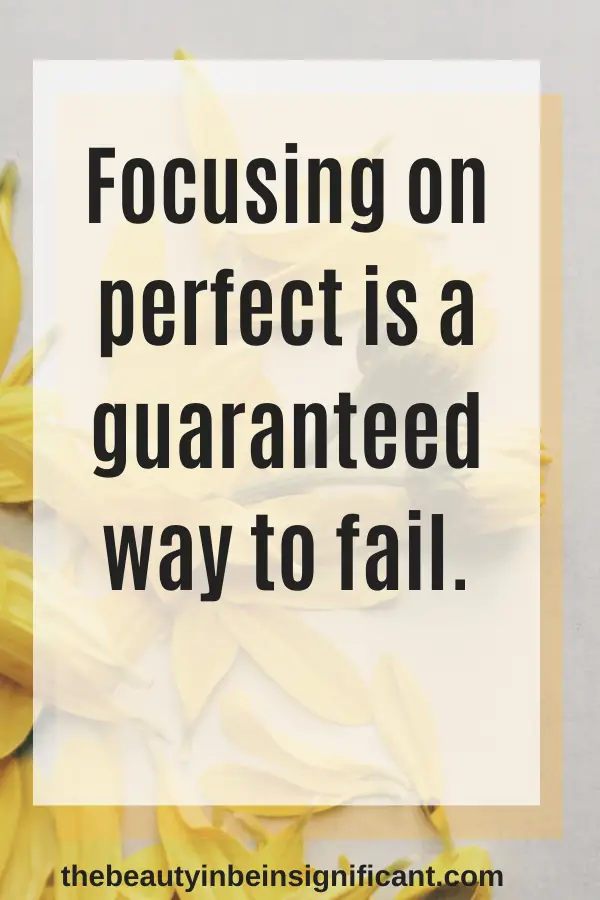
4) I don’t know when to let go
This was another dangerous realization for me. Being anxiously attached to my partners, I truly believed that they were doing me a favour by being with me. It was a harsh truth that I had to come to terms with.
It all stemmed from my complete lack of self-confidence. As a result, whenever I was unhappy and essentially done with the relationship, I stayed. I feared that I was never going to do better so I wasn’t going to let go.
I would rather have been unhappy and in a relationship than be single. The thought of being alone again terrified me.
What I realize now is that sometimes in life, you must be selfish for your own good. Your mental health is a priority. Happiness is a priority. Staying in an unhappy relationship doesn’t do you or your partner any favours. Chances are they aren’t so happy either.
So, I’m trying to become better in touch with my emotions. I have taken up journaling in an attempt to document my emotions regularly. Also, I have begun my quest to finding my inner child. As mentioned earlier these attachment issues can stem from early childhood trauma. So, I’m going to find my inner child and I’m going to comfort the hell out of him, because he deserves it.
Related Post :
How To Know Who You Really Are? – The Insignificant Soul
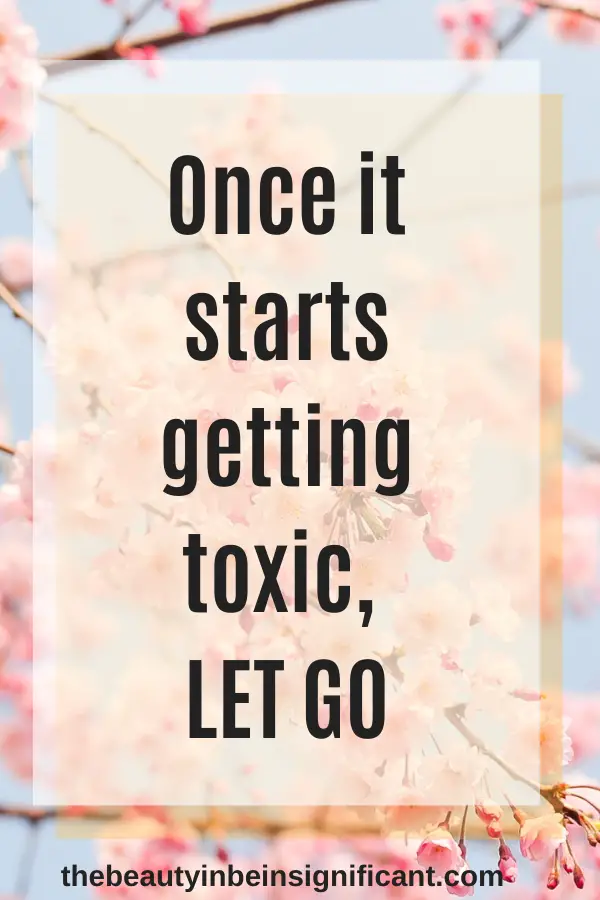
5) I don’t take accountability
A bit of a wild turn here for me. When I discovered attachment theory, the first thing I did was try to diagnose my partners. What did they do wrong? I knew it. It’s all their fault. This was a critical mistake.
I’m slowly learning that most people in this world aren’t good or bad, we’re all just a mess of emotions trying to function as best as we can. My partners that were at ‘fault’ were simply reacting to my anxious behaviours.
It takes two to make a relationship. However, it also takes two to make it fall apart. So, I started self-reflecting. It is important to note that I wasn’t doing this for emotional self harm. I was doing this to take note of the ugly parts of myself. If I don’t know what’s wrong, how can I even begin healing anxious attachments?
I slowly picked up my own protest behaviours. Trying to get their attention when they requested space. Crossing their own boundaries. Making jealousy filled remarks. It wasn’t pretty.
However, in a weird way, I’m glad that I did it. I got to meet a new part of myself. It’s not a ‘bad’ part of myself but it’s a part that I’d like to explore. Why do I do these behaviours? What do I hope to gain? Am I doing this subconsciously?
I truly believe that acknowledging and exploring these behaviours is a crucial step to healing anxious attachments.
Related Posts:
Why You Need To Grow Emotionally – The Insignificant Soul
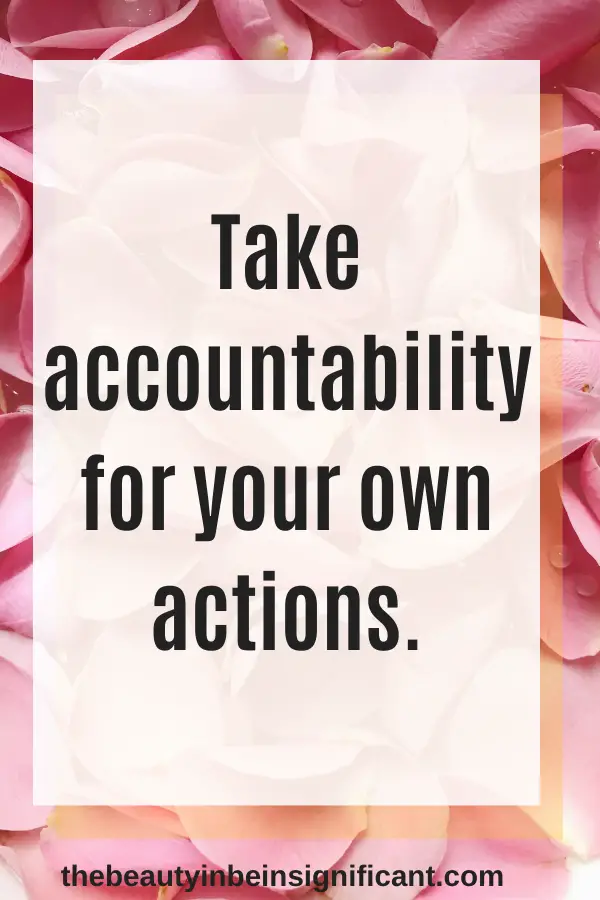
These are just 5 of the many realizations that I have made when exploring attachment theory. Do you recognize any of these behaviours in yourself? I know it’s a truly uncomfortable topic but it is important to talk about these things. Don’t feel ashamed because you may be anxious or avoidant. However, don’t feel powerless to it. You can always make a change. It all starts with a decision to do so.
What do you think? What’s your attachment style? Have you started any work to change it? What have you discovered about yourself? Let me know in the comments below, I’m curious.
If you enjoyed reading, then do share it with your friends and family! In addition, make sure to sign up to our email list to gain access to our free goal statement guide. It has given me the focus needed to effectively plan my goals for this year.
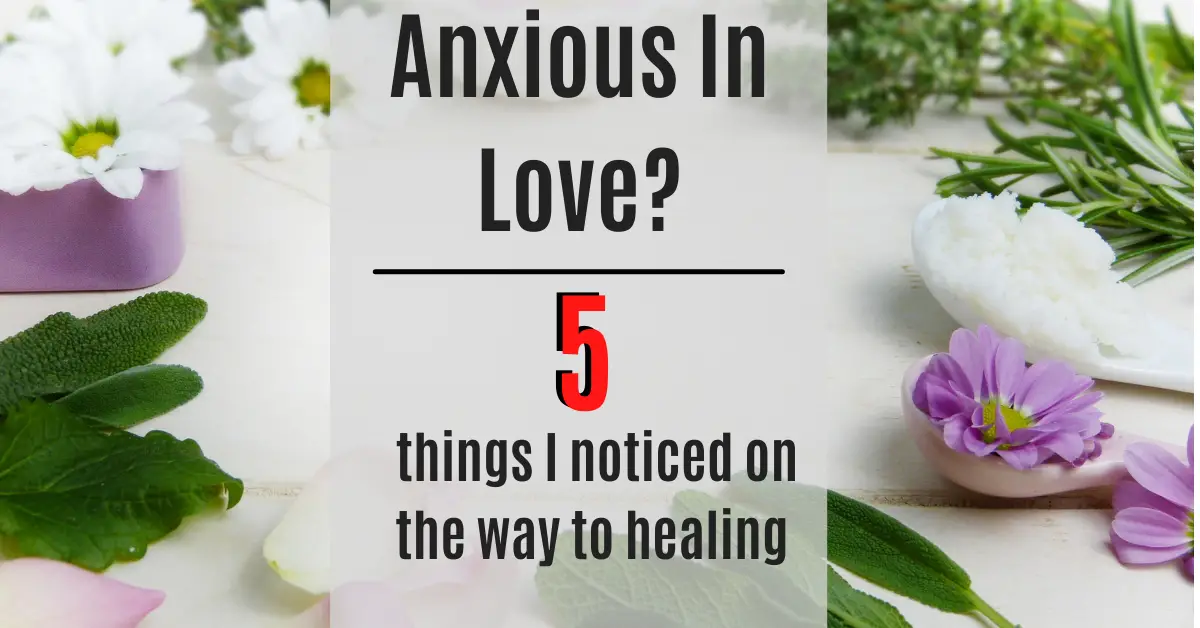

i love your introspection here! i’ve thought about this a lot (and write about relationships here: https://www.ablueskymind.com/search?q=relationships). I’ve found that, when im with a secure partner, im able to be secure. When I’m with someone avoidant, I become anxious. When I’m with someone anxious, I become avoidant. so there’s something to be said about the match and what that brings out in us.
Oof, this really hit home! I’m guilty of all of the above, for sure. I’ve been reading about attachment theory a lot more now that’s in my radar, so hopefully I’ll be able to find ways to overcome it for the sake of my mental health!
Thank you for being so open about your own experiences 🙂
Beautiful, thanks!
I resonate with all 5 of them, and i am scared to death at times, but i have realised it depends upon other person aswell… But i have started to heal it, somedays i am good and some days it is really difficult for me…. As if someone has read my mind…
It’s honestly a terrifying experience. I’m so glad that you’ve started to heal!